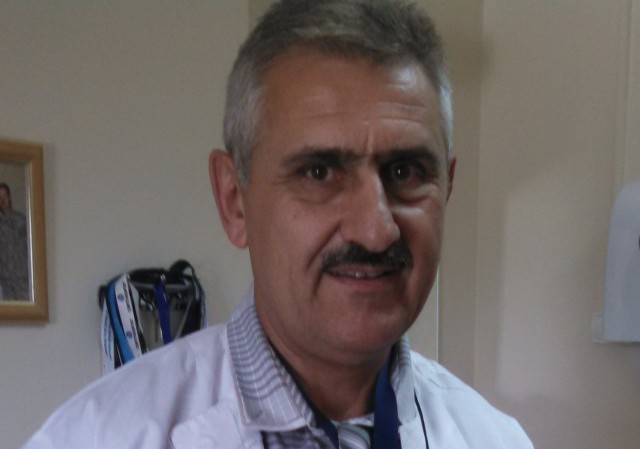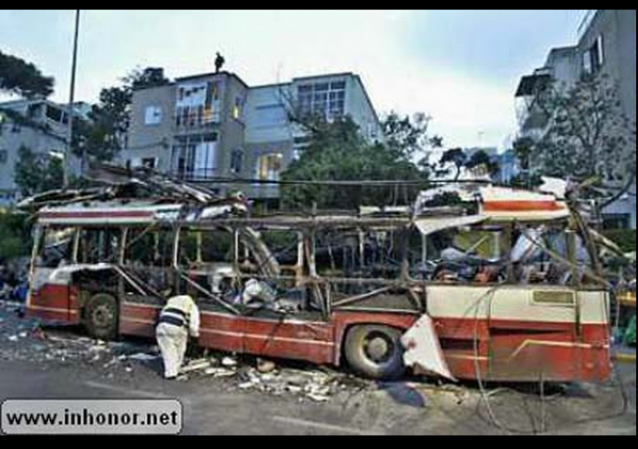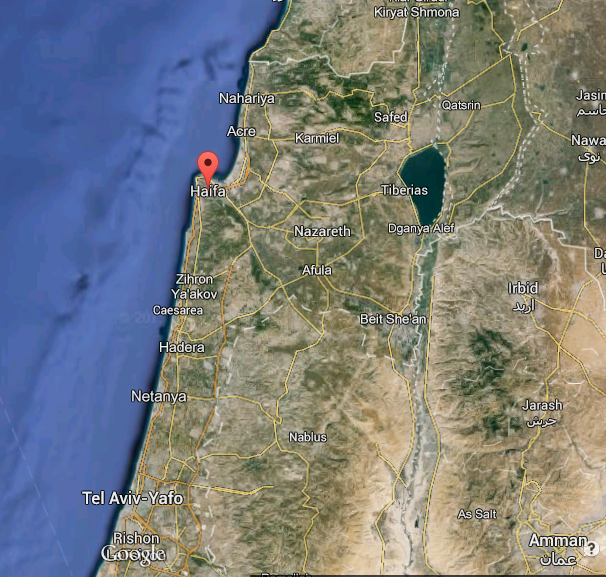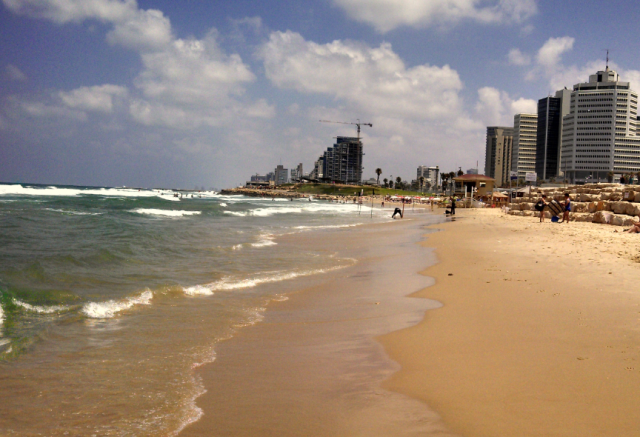My wife and I are back, after an intense two weeks in Israel.
From the Lebanese to Gaza borders, from the Mediterranean Sea to Judea and Samaria, from the cool evenings of Jerusalem to the heat of the Negev Desert, from an apartment in the Jewish Quarter of the Old City of Jerusalem to Bedouin villages in the north and south, from university campuses to military bases, from faculty to students, from Jews to Muslims ... I can't say we saw it all, but we saw a lot.
I've documented most of our big events
in daily posts, with the exception of our emotional meetings with the families of Edward Joffe and Leon Kanner, students killed in the 1969 Supersol supermarket bombing by
Rasmea Odeh; that post is coming, but I still have new photos, documents and information I have to work through.
Here are my 5 Big Takeaways from the trip:
1. Our Revenge Is That "We Are Still Here"
Near the start of our trip,
we visited Moshav Avivim on the Lebanese border, where we met Shimon Biton, a survivor of the 1970 bazooka attack on a school bus by the Popular Front for the Liberation of Palestine.
Biton, who was six and one-half years old, lost his father in the attack, and himself was shot point blank range by the terrorists when they realized he survived the bazooka attack. Ten days before we met Biton, he was reunited for the first time in 45 years with the nurse who helped save him. (Featured Image)



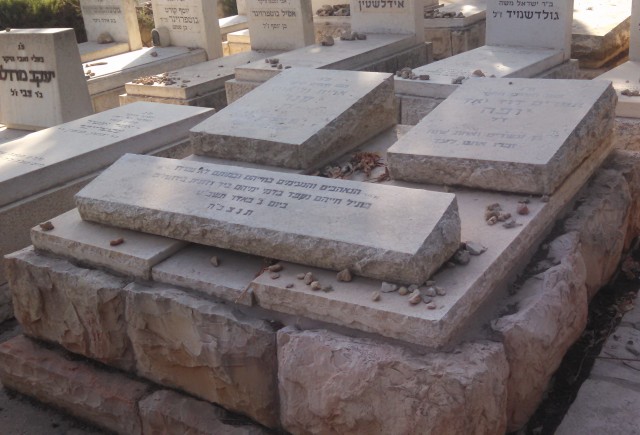
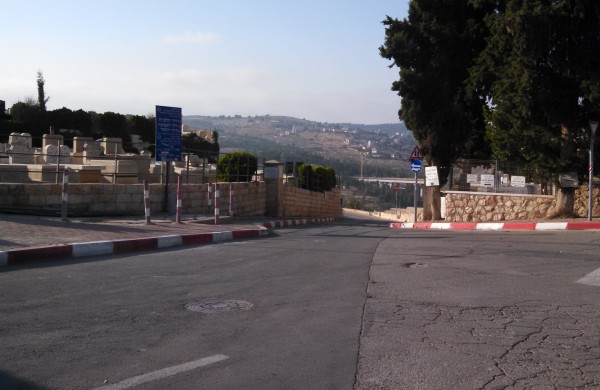
![[Edward Joffe and Leon Kanner Headstones]](https://c3.legalinsurrection.com/wp-content/uploads/2016/06/Edward-Joffe-and-Leon-Kanner-Headstones-e1433944091430.jpg)
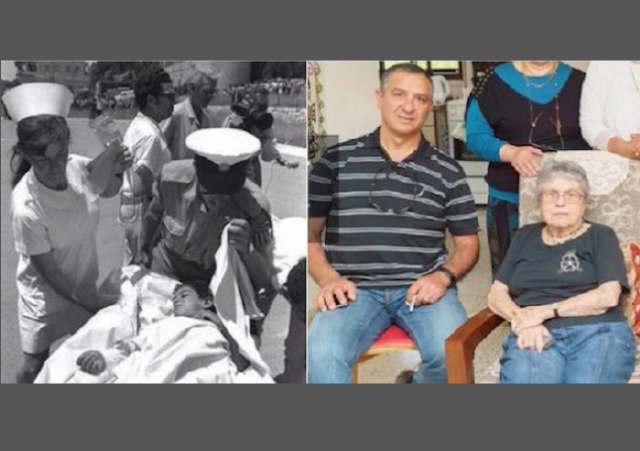
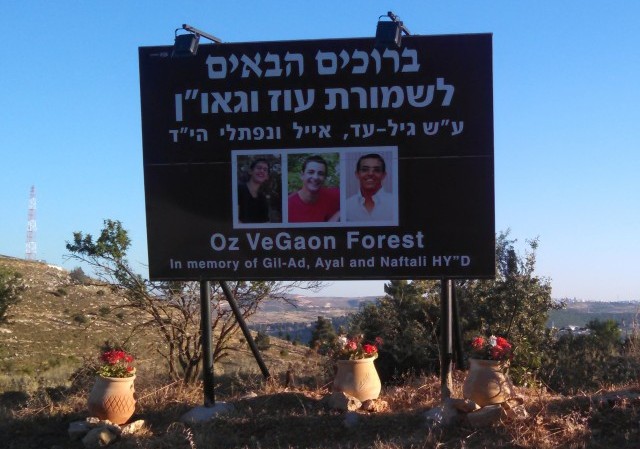

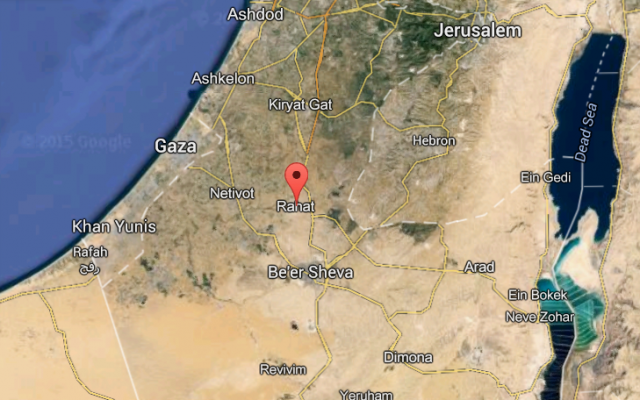


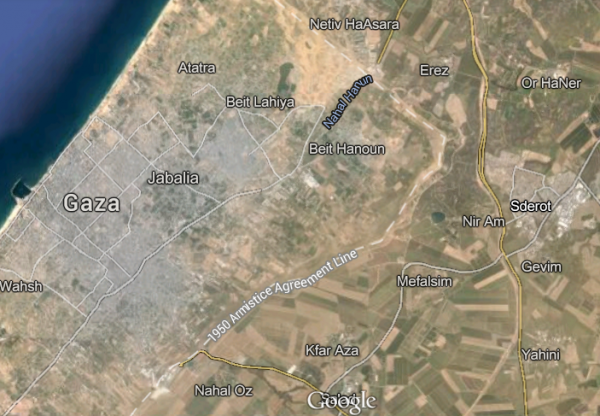

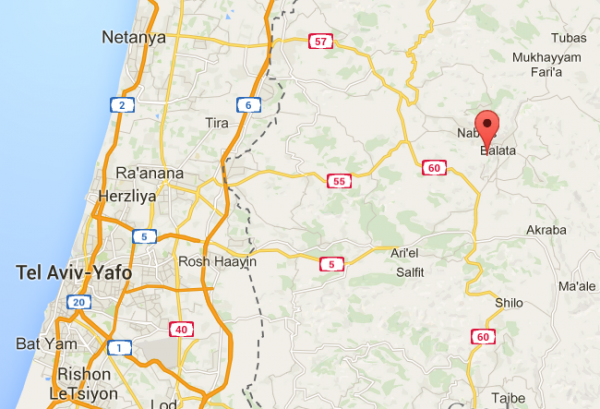
![[Mount Gerizim Samaritan Ruins - Dome Not Original]](https://c4.legalinsurrection.com/wp-content/uploads/2016/05/Mount-Gerizim-Ancient-Ruins-e1433013306897.jpg)

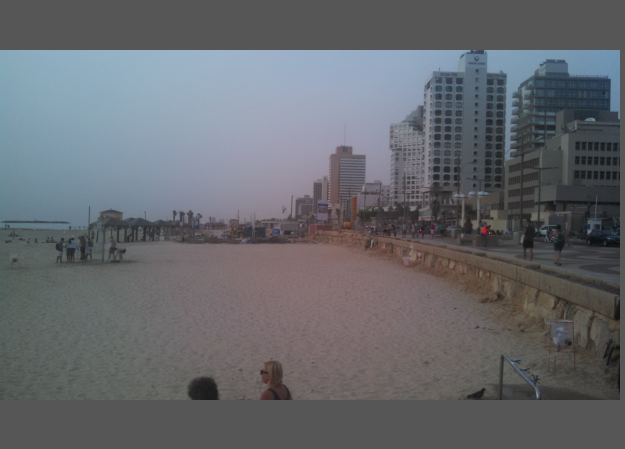


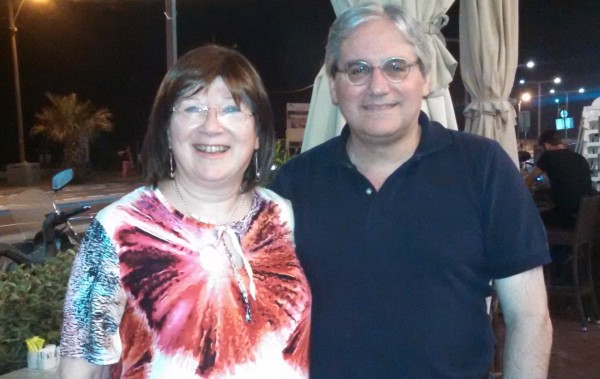
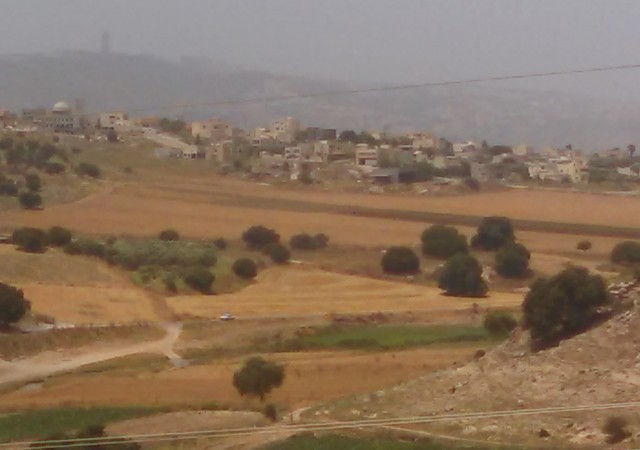
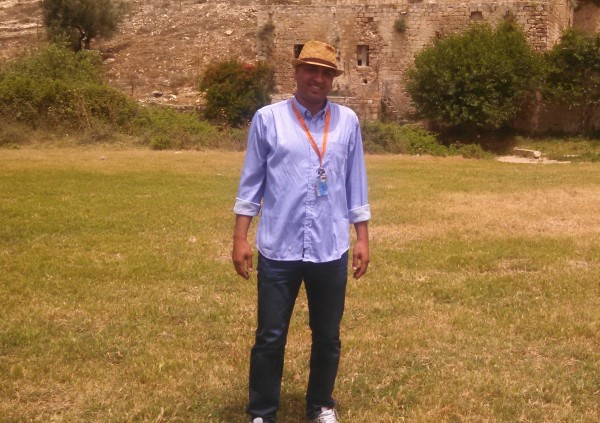


![[Shimon Biton, Moshav Avivim, Israel]](https://c4.legalinsurrection.com/wp-content/uploads/2016/05/Moshav-Aviviv-Shimon-Biton-e1432683043370.jpg)
